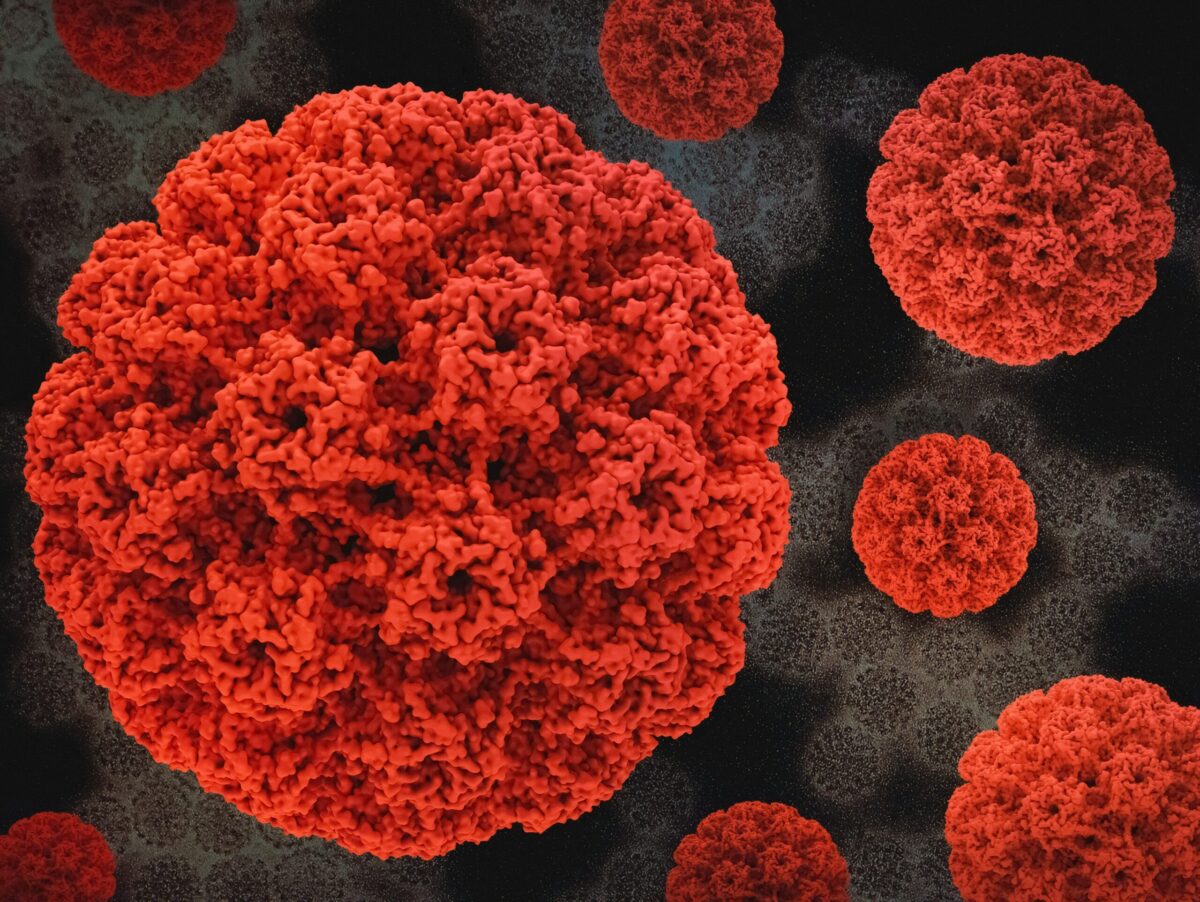 #News
#News
Study reveals factors that increase the risk of oral HPV infection
Research points to behaviors and characteristics associated with the virus and reinforces the importance of vaccinations
 HPV is responsible for up to 90% of cases of male oropharyngeal cancer in the United States, according to a study by the Moffitt Cancer Center. The research identified risk factors associated with oral infection, such as alcohol consumption and sexual practices | Image: National Institute of Allergy and Infectious Diseases/Unsplash
HPV is responsible for up to 90% of cases of male oropharyngeal cancer in the United States, according to a study by the Moffitt Cancer Center. The research identified risk factors associated with oral infection, such as alcohol consumption and sexual practices | Image: National Institute of Allergy and Infectious Diseases/Unsplash
The human papillomavirus (HPV) is responsible for up to 90% of cases of male oropharyngeal cancer in the United States, according to a study published in Nature Microbiology by researchers from the Moffitt Cancer Center in Florida.
The study examined the frequency of new oral HPV infections, associated risk factors, and regional variations in infection rates, analyzing data from men in the United States, Brazil, and Mexico.
Between 2007 and 2016, researchers collected tissue samples from the oral mucosa of 3,137 men at six-month intervals to identify the presence of the virus and its genotypes. This data was cross-referenced with sociodemographic information and behavioral histories gathered through interviews.
The findings revealed that 19.6% of participants contracted HPV during the study period.
The prevalence of oncogenic genotypes—those with carcinogenic potential—was 5.9%, with HPV-16 being the most common variant. The incidence rate was 2.4 per thousand people per month, with a higher rate observed in participants from the United States.
Risk factors highlighted
The study identified several behaviors and characteristics that increase susceptibility to oral HPV infection:
- Education: Men with a higher level of education had a higher risk.
- Alcohol consumption: Associated with increased infection rates.
- Sexual behavior: The risk was higher among men with multiple female sexual partners, those who frequently practiced oral sex, and those with male sexual partners.
In a statement released by the Moffitt Cancer Center, nutritionist Anna Giuliano, director of the organization’s Center for Immunization and Infection Research, explained that the findings highlight the need for continuous vigilance.
“The consistent rate of HPV acquisition at different ages and the significant regional variations call for personalized vaccination strategies and increased awareness to prevent HPV-related oropharyngeal tumors.”
Growing global incidence
The prevalence of HPV-related oropharyngeal cancer is rising, particularly in northern Europe and North America, with an incidence of up to 8 new cases per 100,000 men.
The study emphasizes the importance of gender-neutral vaccination campaigns, which should include unvaccinated middle-aged men.
While the HPV vaccine is recommended for individuals aged 9 to 26, it is also available to adults aged 27 to 45 who have not yet been vaccinated.
Racheal Mandishora, from Moffitt’s Department of Cancer Epidemiology, underscores the importance of integrated initiatives: “By improving education and expanding vaccination coverage, we can significantly reduce the incidence of oral HPV and its associated risks.”
*
This article may be republished online under the CC-BY-NC-ND Creative Commons license.
The text must not be edited and the author(s) and source (Science Arena) must be credited.
News
 #News
#News
 #News
#News
 #News
#News
